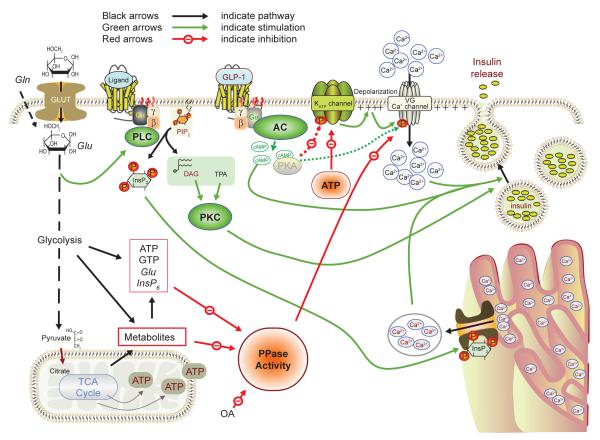Figure 5. Regulation of β-cell PP activities and their effects on the insulin stimulus-secretion coupling.
Glucose, the β-cell’s main stimulus, is taken up across the plasma membrane by the facilitative glucose transporter GLUT-2. The sugar is further metabolized in the glycolytic pathway and TCA cycle to yield coupling factors suppressing PP activity, thereby activating influx of Ca2+ that sets in motion the exocytotic release of insulin. The ATP generated during glucose catabolism also serves to close K+ channels, causing depolarization, and as a substrate for cAMP formation. Receptor-operated, G protein-coupled signaling pathways through phospholipase C-protein kinase C and adenylyl cyclase are also depicted. See text for details. AC, adenylyl cyclase; ATP, adenosine trisphosphate; cAMP, cyclic AMP; DAG, diacylglycerol; ER, endoplasmic reticulum; G, GTP-binding protein; Gln, glutamine; Glu, glutamate; GLUT-2, glucose transporter 2; GTP, guanosine trisphosphate; InsP3, inositol trisphosphate; InsP6, inositol hexakisphosphate; KATP, ATP-dependent K+ channel; OA, okadaic acid; PIP2, phosphatidylinositol bisphosphate; PKC, protein kinase C; PLC, phospholipase C; PP, protein phosphatase; R, receptor; TPA, 12-O-tetradecanoyl phorbolacetate; VGCC, voltage-gated Ca2+ channel.

